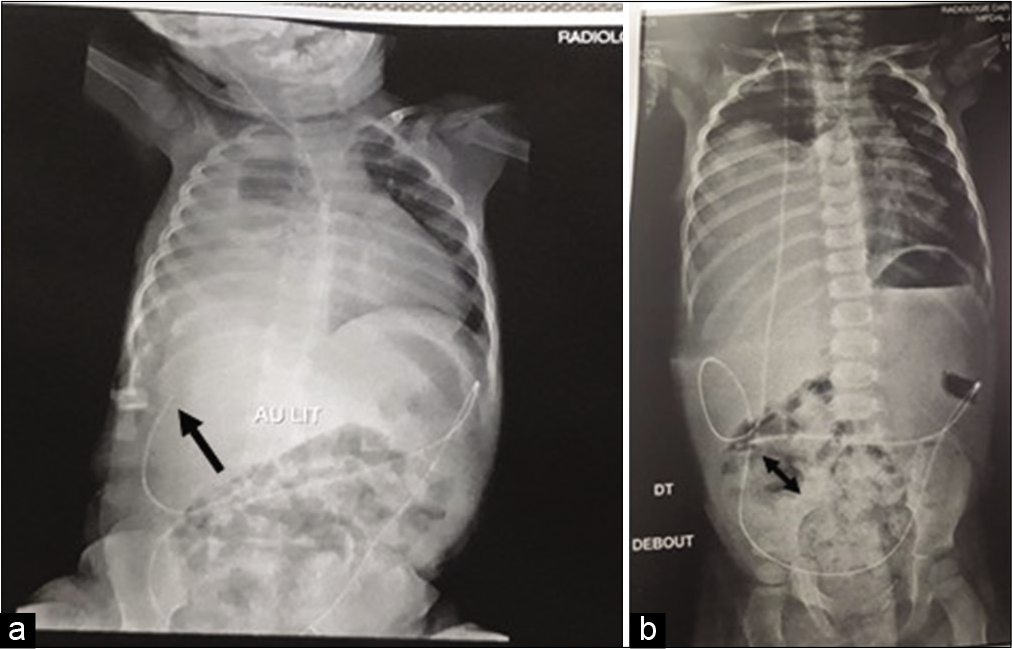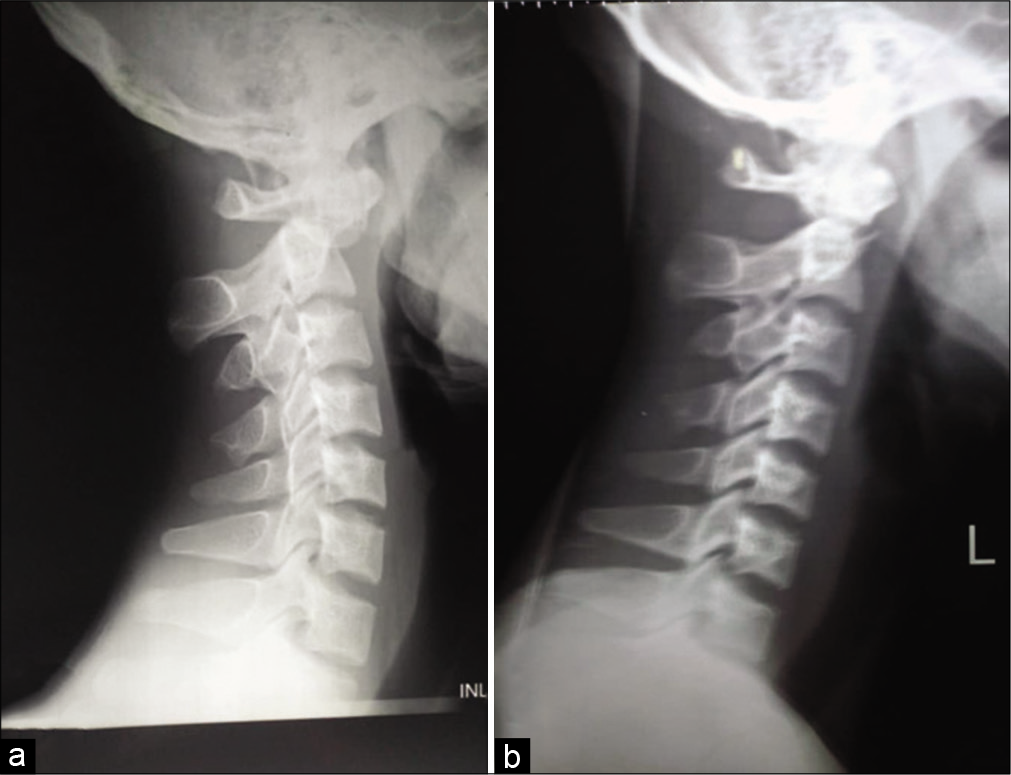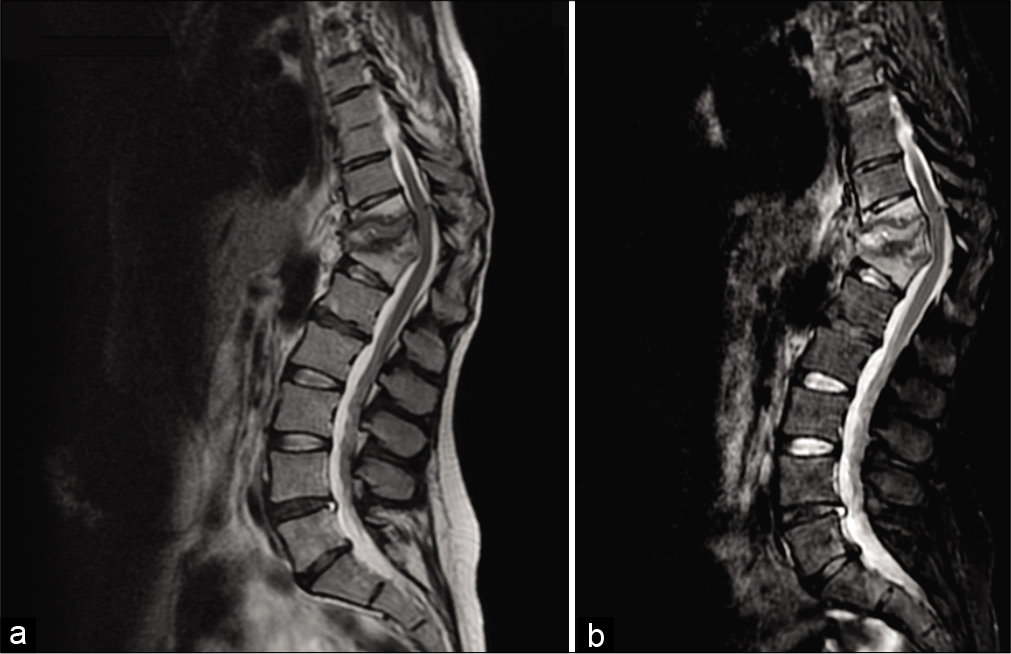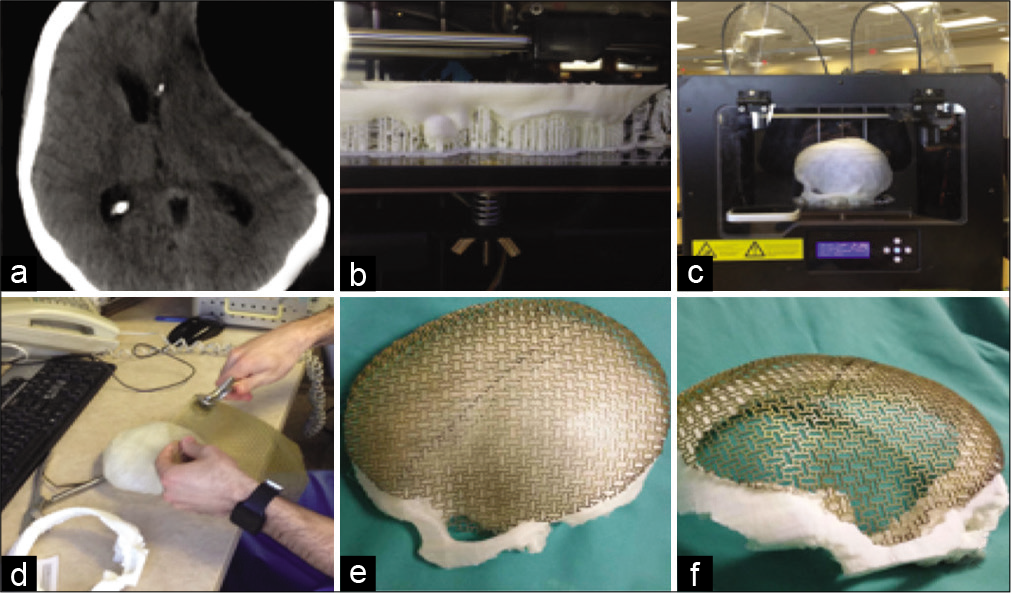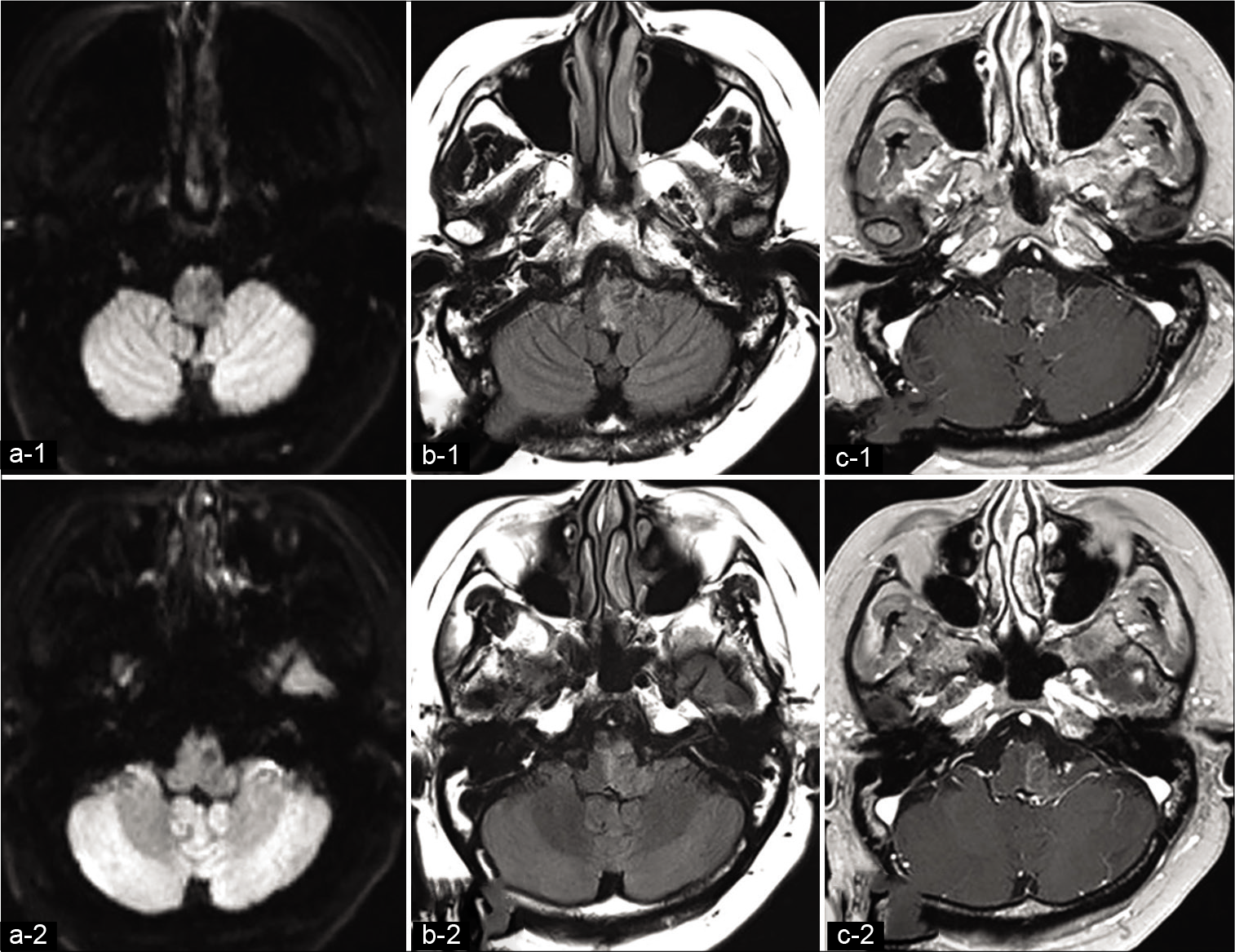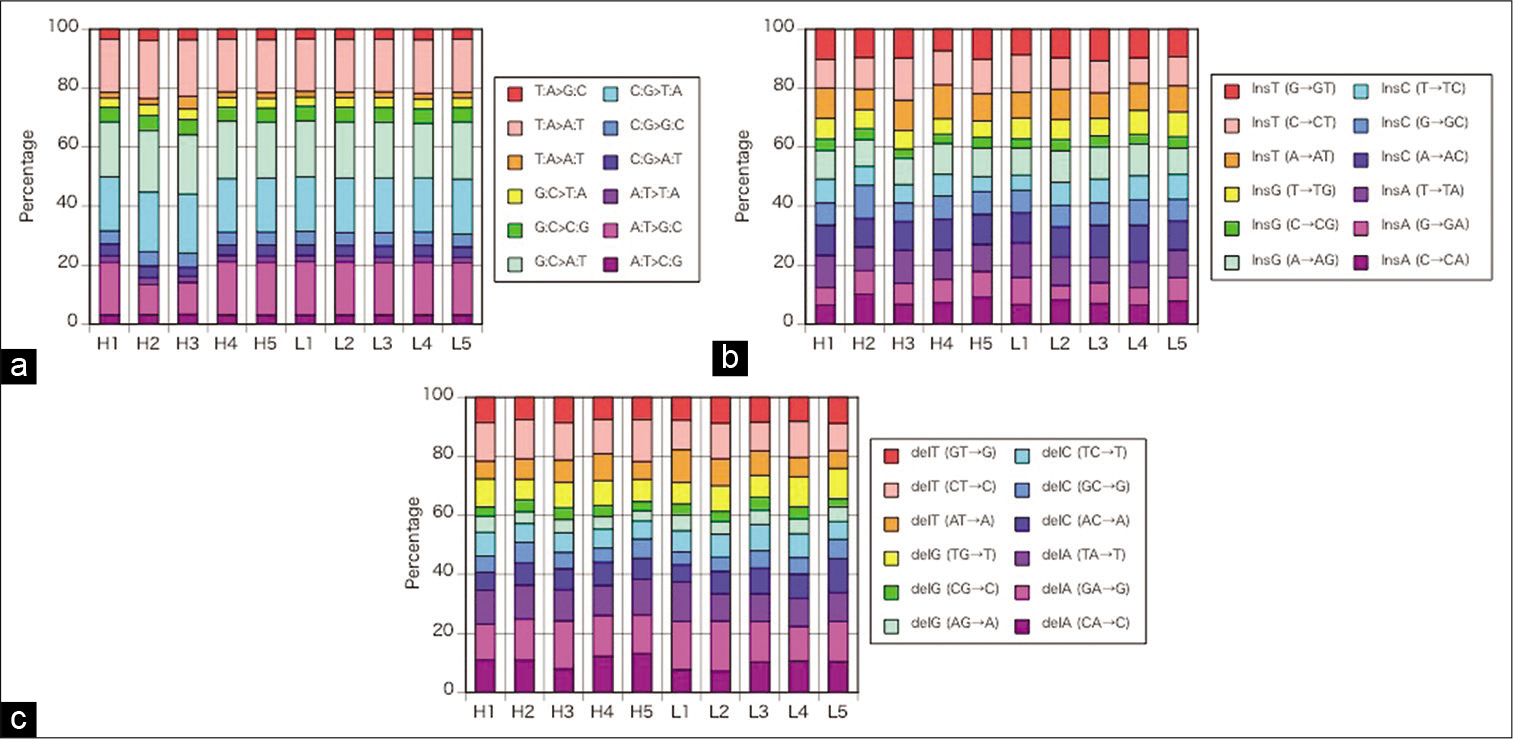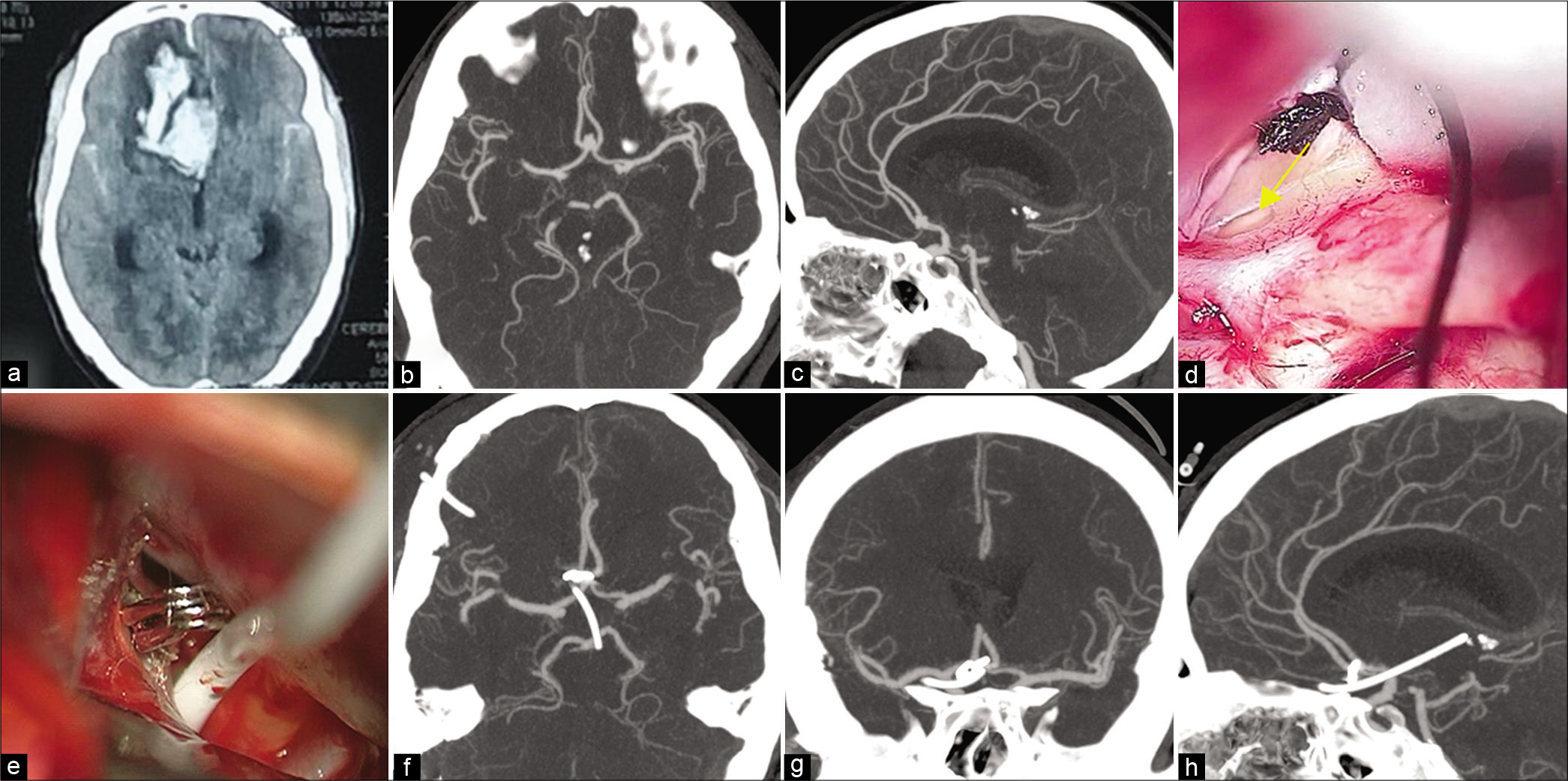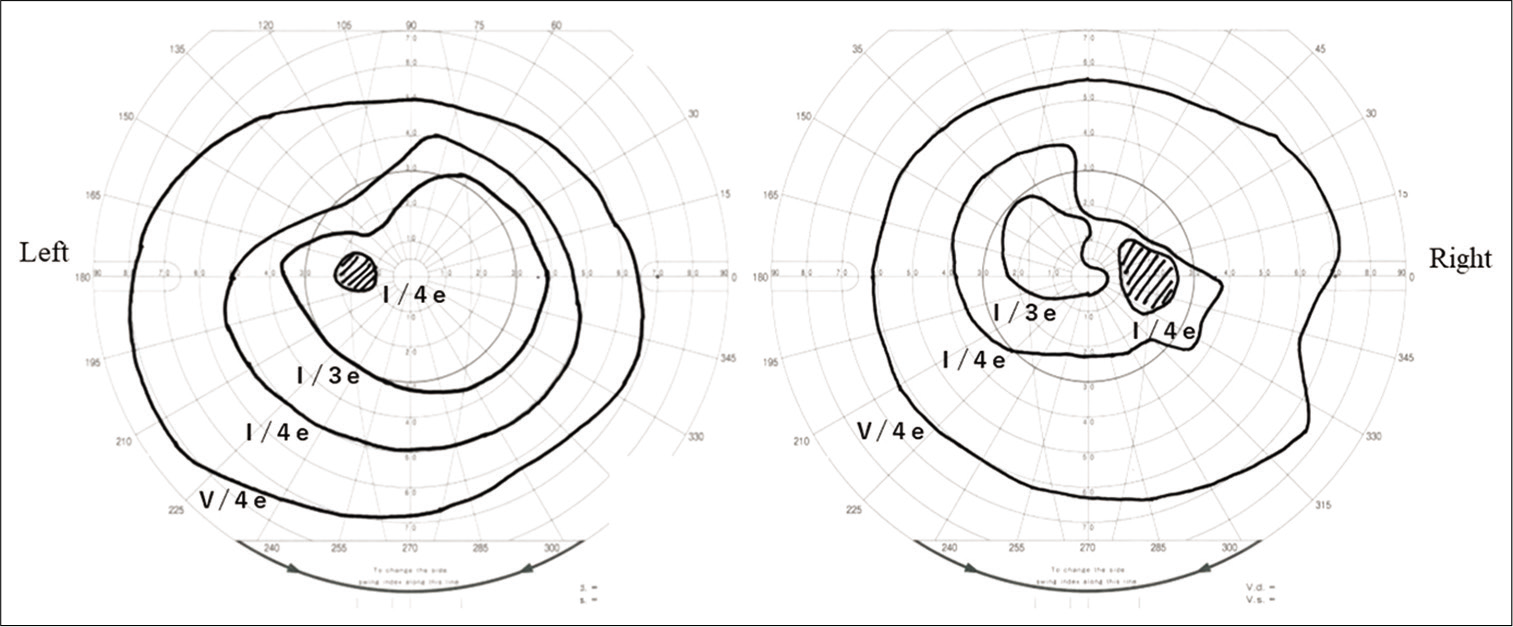A rare complication of ventriculoperitoneal shunt: Pleural effusion without intrathoracic ventriculoperitoneal shunt catheter
Date of publication: 18-Sep-2020
Background: Symptomatic pleural effusion following ventriculoperitoneal shunt (VPS) insertion is very rare and poorly understood in the literature in contrary to other mechanical complications.
Determinants of discharge against medical advice from a rural neurosurgical service in a developing country: A prospective observational study
Date of publication: 12-Sep-2020
Background: In low-resource regions of the world, discharge against medical advice (DAMA) is one empiric contributory factor to poor in-hospital outcome that is not often mentioned. This study aims to investigate the determinants of DAMA from a rural neurosurgical service in a developing country.
Rare spondylodiscitis due to Mycobacterium mucogenicum
Date of publication: 12-Sep-2020
Background: Nontuberculous mycobacteria (NTM) represents an important cause of infection, particularly in immunocompromised patients. Spondylodiscitis is unusual and may be associated with underlying causes such as drug abuse. Timely diagnosis and treatment are critical, as without this, patients will demonstrate progressive neurological deterioration. Here, we present a rare case of Mycobacterium mucogenicum spondylodiscitis in a 36-year-old male, along with a focused literature review.
Rapid high-fidelity contour shaping of titanium mesh implants for cranioplasty defects using patient-specific molds created with low-cost 3D printing: A case series
Date of publication: 12-Sep-2020
Background: Cranioplasty is a neurosurgical procedure to repair skull defects. Sometimes, the patients’ bone flap cannot be used for various reasons. Alternatives include a custom polyether ether ketone (PEEK) implant or titanium mesh; both incur an additional cost. We present a technique that uses a 3D printer to create a patient- specific 3D model used to mold a titanium mesh preoperatively.
A rare case of spinal dural arteriovenous fistula mimicking malignant glioma of the medulla oblongata: Significance of cerebral angiography for accurate diagnosis of brain stem region
Date of publication: 12-Sep-2020
Background: The findings of a hyperintense sign on T2-weighted imaging (T2-WI) and gadolinium (Gd) contrast enhancement on magnetic resonance imaging (MRI) of the brain stem suggest malignant glioma. However, this pathological condition is probably uncommon, and it may be unknown that a dural arteriovenous fistula (DAVF) can imitate this radiological pattern. In addition, it is extremely rare to be caused by a spinal DAVF. Here, a rare case of spinal DAVF that mimicked malignant glioma of the medulla oblongata is presented.
Profile of genetic variations in severely calcified carotid plaques by whole-exome sequencing
Date of publication: 12-Sep-2020
Background: The precise mechanisms of carotid calcification and its clinical significance have not been established.
One-year follow-up for type II odontoid process fractures in octogenarians: Is there a place for surgical management?
Date of publication: 12-Sep-2020
Background: Type II odontoid fractures are becoming one of the most common injuries among elderly patients and are associated with increased morbidity rates. Here, we compared the safety/efficacy of conservative versus surgical treatment for type II C2 fractures and, in particular, evaluated the complications, hospital lengths of stay, and mortality rates for patients over 80 years of age.
Letter to the Editor: Transneural transmission in COVID-19 without a positive nasopharyngeal swab
Date of publication: 12-Sep-2020
Efficacy of translamina terminalis ventriculostomy tube in prevention of chronic hydrocephalus after aneurysmal subarachnoid hemorrhage
Date of publication: 12-Sep-2020
Background: Chronic shunt-dependent hydrocephalus is still a common complication after aneurysmal SAH (aSAH) and is associated with increased morbidity. Pathology of chronic shunt-dependent hydrocephalus after aSAH is complex and multifactorial which makes its prevention challenging. We thought to evaluate whether external ventricular drainage (EVD) through fenestrated lamina terminalis would decrease the rate of chronic shunt-dependent hydrocephalus after aSAH.
Spontaneous improvement of secondary empty sella syndrome due to re-expansion of an intrasellar cyst: A case report
Date of publication: 12-Sep-2020
Background: In patients with secondary empty sella syndrome (ESS), optic nerve herniation into the sella turcica is caused by shrinkage of the mass lesion at the sella turcica, resulting in visual disturbance. ESS is often surgically treated using chiasmapexy. Here, we report the first case of spontaneous improvement in a patient with ESS.


